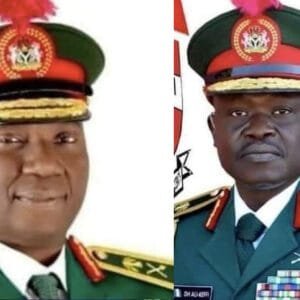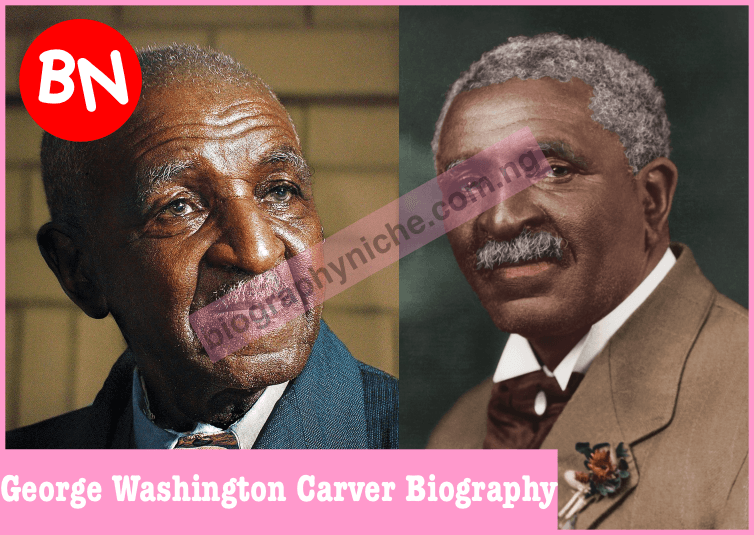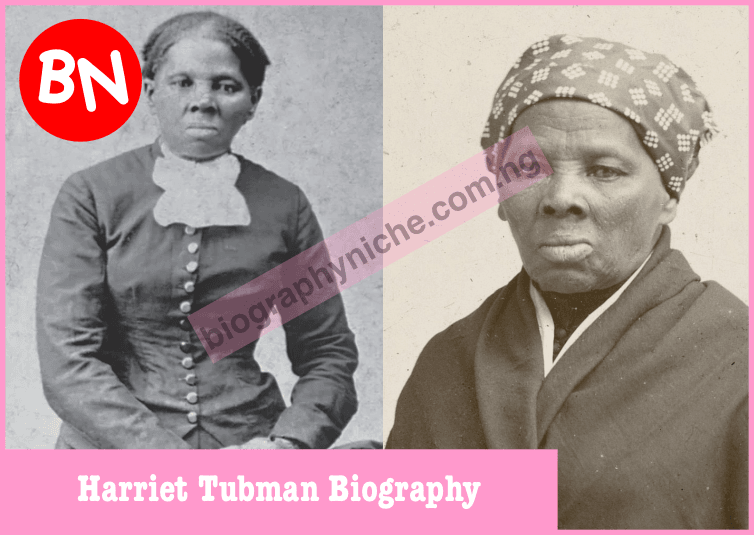Bhagat Singh Biography – Explore the life of Bhagat Singh, an iconic Indian revolutionary. Learn about his early life, education, family background, revolutionary activities, and enduring legacy in India’s struggle for independence.
Bhagat Singh stands as a towering figure in India’s fight for independence, symbolizing courage, sacrifice, and unwavering commitment to the nation’s freedom. Born into a family deeply involved in political activism, Singh’s journey from a young, inquisitive boy to a revolutionary martyr has left an indelible mark on India’s history. His actions and philosophies continue to inspire generations, making him an enduring icon of patriotism and resistance against oppression.
Bhagat Singh Biography: Personal Information
| Field | Details |
|---|---|
| Full Name | Bhagat Singh Sandhu |
| Date of Birth | September 28, 1907 |
| Place of Birth | Banga, Lyallpur District, Punjab (now in Pakistan) |
| Parents | Father: Kishan Singh Sandhu; Mother: Vidyavati Kaur |
| Siblings | Not widely documented |
| Height | Approximately 5 feet 10 inches |
| Education | Dayanand Anglo-Vedic High School; National College, Lahore |
| Political Associations | Naujawan Bharat Sabha, Hindustan Socialist Republican Association |
| Date of Death | March 23, 1931 |
| Age at Death | 23 years |
Key Takeaways
- Early Life: Bhagat Singh was born into a family with a strong history of political activism, which deeply influenced his revolutionary ideals.
- Education: He attended Dayanand Anglo-Vedic High School and later National College in Lahore, where he was exposed to various revolutionary ideas and movements.
- Revolutionary Activities: Singh was a prominent member of the Hindustan Socialist Republican Association and was involved in significant actions against British colonial rule, including the assassination of British police officer John Saunders.
- Martyrdom: At the age of 23, Bhagat Singh was executed by hanging, making him a martyr and a symbol of resistance against British oppression.
- Legacy: His life and sacrifice have left a lasting legacy, inspiring countless individuals in the fight for justice and freedom.
Early Life and Education
Born on September 28, 1907, in the village of Banga in the Lyallpur district of Punjab (now in Pakistan), Bhagat Singh was immersed in an environment of political fervor from a young age. His father, Kishan Singh Sandhu, and his uncles were actively involved in the struggle against British colonial rule, which profoundly influenced his early development.
Singh’s educational journey began at Dayanand Anglo-Vedic High School, an institution known for its emphasis on Arya Samaj principles. He later attended National College in Lahore, established by Lala Lajpat Rai, where he delved into European revolutionary literature and history. This academic exposure broadened his understanding of revolutionary movements and ideologies, shaping his future path as a freedom fighter.
Revolutionary Activities and Career
Bhagat Singh’s commitment to India’s independence led him to join various revolutionary organizations. He became a prominent member of the Hindustan Socialist Republican Association (HSRA), where he collaborated with other revolutionaries to challenge British authority.
One of the most notable events in Singh’s revolutionary career was the assassination of British police officer John Saunders in 1928. This act was intended as retribution for the death of Lala Lajpat Rai, who had succumbed to injuries inflicted during a peaceful protest against the Simon Commission. Singh’s original target was James A. Scott, the superintendent of police responsible for the assault on Rai, but a case of mistaken identity led to Saunders’ death instead.
In 1929, Singh and his associate Batukeshwar Dutt orchestrated a bombing in the Central Legislative Assembly in Delhi. The bombs were deliberately non-lethal, intended to make a political statement without causing fatalities. After the explosion, Singh and Dutt courted arrest, using the subsequent trial as a platform to promote their cause and disseminate their revolutionary ideals.
Trial and Martyrdom
The trial following the Assembly bombing was a pivotal moment in Bhagat Singh’s life. He utilized the courtroom as a stage to articulate his vision for an independent India and to critique British imperialism. Despite his eloquent defense, Singh was convicted and sentenced to death.
On March 23, 1931, at the age of 23, Bhagat Singh was executed by hanging in Lahore Central Jail. His execution was met with widespread outrage and mourning across India, solidifying his status as a martyr in the fight against British rule.
Legacy and Achievements
Bhagat Singh’s legacy is deeply ingrained in India’s collective memory. He is remembered not only for his revolutionary actions but also for his intellectual contributions to the discourse on freedom and justice. His writings and speeches continue to inspire movements for social and political change.
In recognition of his enduring impact, numerous memorials have been established. The National Martyrs Memorial in Hussainiwala, Punjab, stands as a testament to his sacrifice. Additionally, his life has been the subject of various films, books, and academic studies, ensuring that his contributions are remembered by successive generations.
Conclusion
Bhagat Singh’s life epitomizes the spirit of sacrifice and unwavering dedication to the cause of India’s independence. His actions, driven by a profound sense of justice and a vision for a free nation, have left an indelible mark on history. As a martyr, his legacy continues to inspire those who strive for justice, equality, and freedom.
FAQs About Bhagat Singh Biography
1. What was Bhagat Singh’s full name?
Bhagat Singh’s full name was Bhagat Singh Sandhu.
2. How did Bhagat Singh die?
Bhagat Singh was executed by hanging on March 23, 1931, in Lahore Central Jail by the British colonial government.
3. What was Bhagat Singh’s role in India’s independence movement?
Bhagat Singh was a revolutionary freedom fighter who fought against British rule through protests, assassinations of colonial officials, and acts of defiance. He was a member of the Hindustan Socialist Republican Association (HSRA) and played a key role in the Lahore Conspiracy Case and Central Legislative Assembly bombing.
4. What was Bhagat Singh’s famous slogan?
Bhagat Singh popularized the slogan “Inquilab Zindabad”, which means “Long Live the Revolution”. This phrase became a rallying cry for India’s independence movement.
5. Where was Bhagat Singh born?
Bhagat Singh was born in Banga, Lyallpur District, Punjab, which is now in Pakistan.
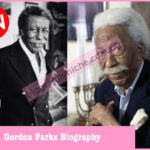
 Wiki" loading="lazy" width="180" height="120">
Wiki" loading="lazy" width="180" height="120">
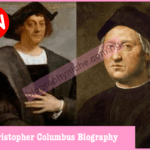


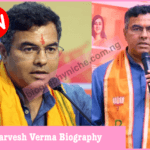
 Wiki" loading="lazy" width="180" height="120">
Wiki" loading="lazy" width="180" height="120">

